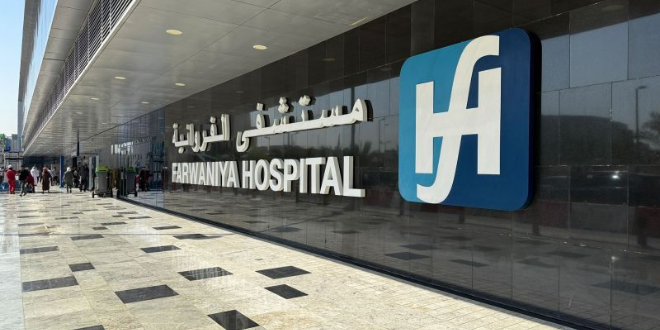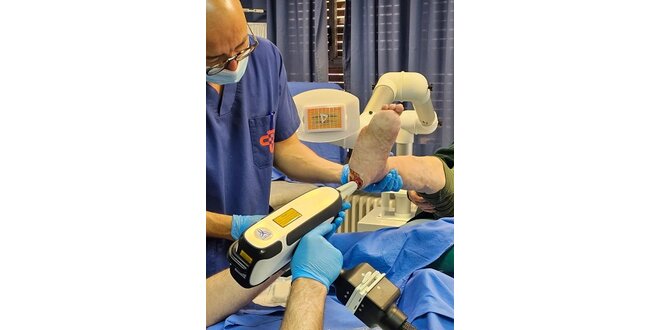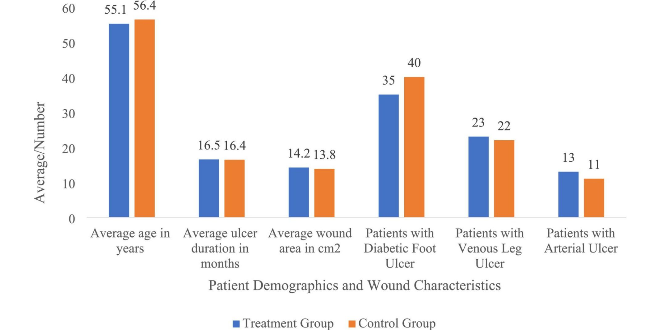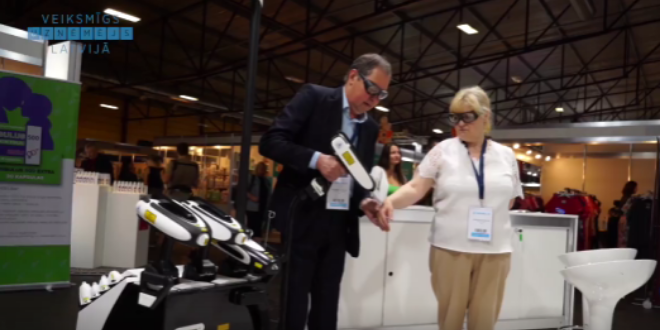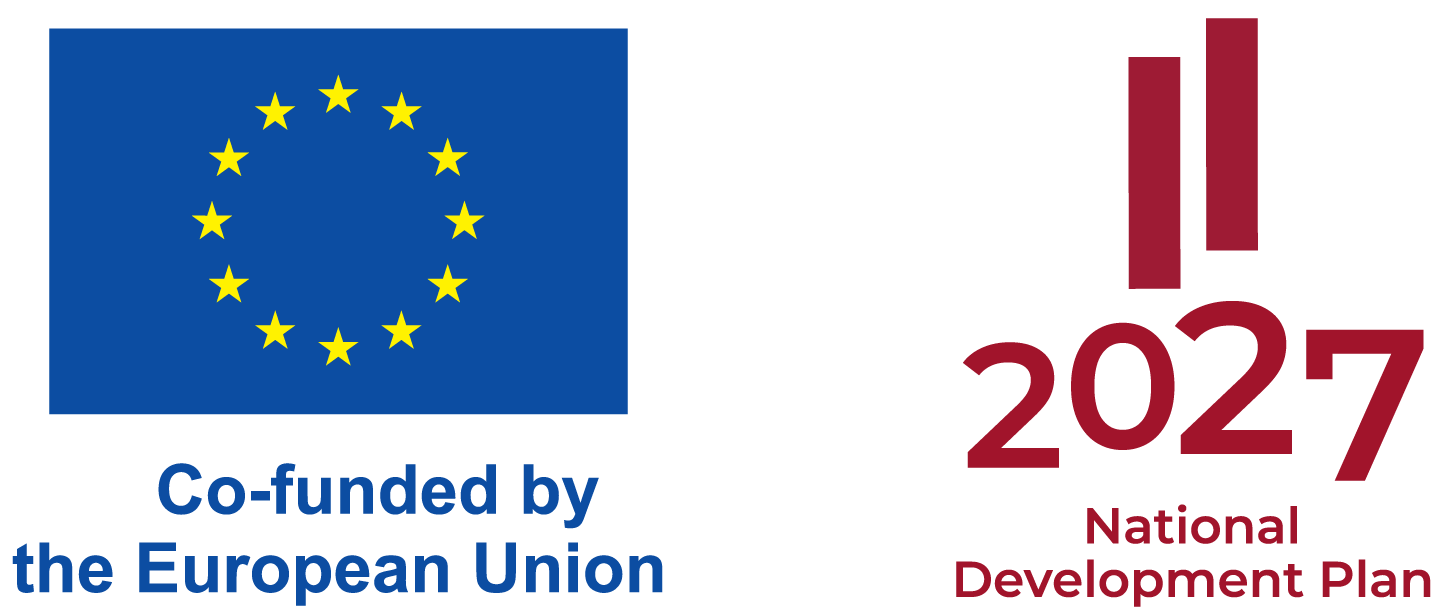Esophagus & Upper GI Endoscopy: 3-Wave LINLINE™ Laser Scalpel
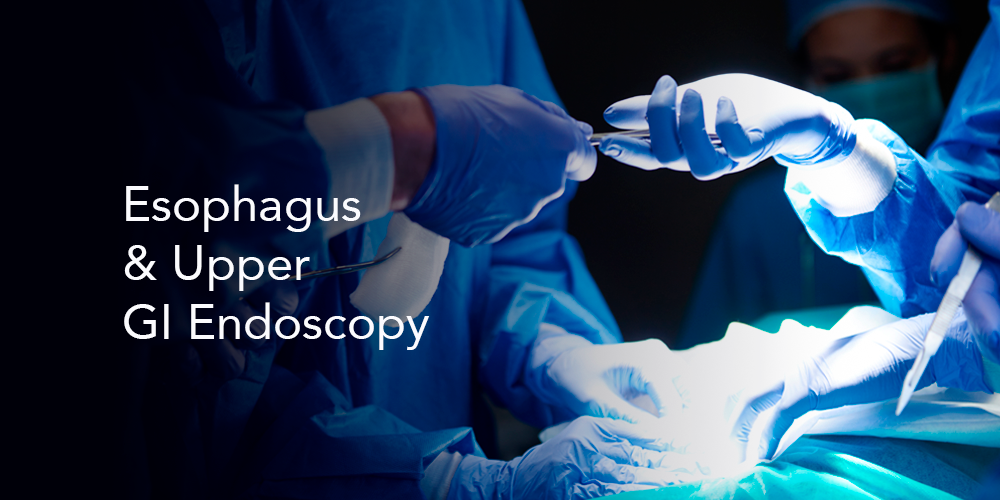
High-frequency pulsed, fiber-delivered contact/standoff therapy (1,079 / 1,340 / 1,440 nm) for benign strictures and soft tissue
MULTILINE™ brings three surgical wavelengths—instantly swappable on the same working fiber—to upper-GI endoscopy. Unlike many diode systems used continuous-wave (CW), LINLINE operates in high-frequency pulsed mode, letting tissue cool between bursts to limit lateral heat/char while preserving speed and visibility.
- 1,079 nm (Nd-based): precise contact “scalpel” for micro-touch trimming or (when indicated) fine radial micro-incisions.
- 1,340 nm: water-coupled coagulation/contouring on hydrated mucosa with less surface char than a “sharper” 1,079 nm pass.
- 1,440 nm: strong wet-field hemostasis and coagulative shrink—ideal where visibility is critical.
Typical indications
- Post-caustic esophageal stricture (e.g., pediatric ingestion).
- Anastomotic strictures (post-surgery).
- Stent-edge granulation or focal mucosal oozing needing controlled coagulation.
Wavelength map — how to choose fast
- 1,440 nm: first choice for wet-field hemostasis.
- 1,340 nm: gentle smoothing and micro-hemostasis with less char on edematous/inflamed mucosa.
- 1,079 nm: micro-touch precision; radial micro-incisions
- Instant swap, same fiber: stabilize with 1,440, refine with 1,340, finish with 1,079—no fiber change mid-case.
Technique notes (endoscopic)
- High-frequency pulsed bursts: brief activations → tissue cools between pulses → less char/sticking, clearer view.
- Distance = built-in “power dial”:
• 0.5–3 mm standoff → spot enlarges, irradiance drops → soft coag/blanching/shrink.
• Light contact → energy concentrated + conductive coupling → decisive cut/coag.
Move in/out during a pulse train to change effect without changing settings.
How this differs from common alternatives
- Versus CW diode or monopolar cautery: Pulsed delivery reduces lateral heat and adherent char, keeping the field clear and tactile control high.
- Versus single-wavelength tools: Live switching between 1,079 / 1,340 / 1,440 nm provides three distinct tissue behaviors—shrink/hemostasis, gentle smoothing, precision micro-touch—without changing fibers or consoles.
- Non-incisional value: Your pediatric post-caustic cases show that circumferential standoff blanching can restore lumen without cutting, minimizing risk in fragile walls.
Key takeaway
The 3-wave LINLINE™ laser scalpel enables upper-GI endoscopic management of benign esophageal strictures—including post-caustic pediatric cases—with a non-incisional, standoff remodeling strategy.





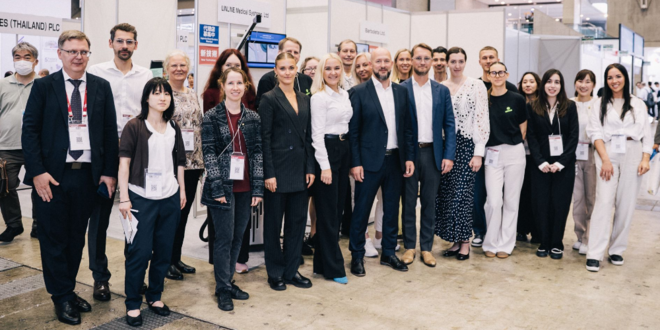
 06.10.2025
06.10.2025